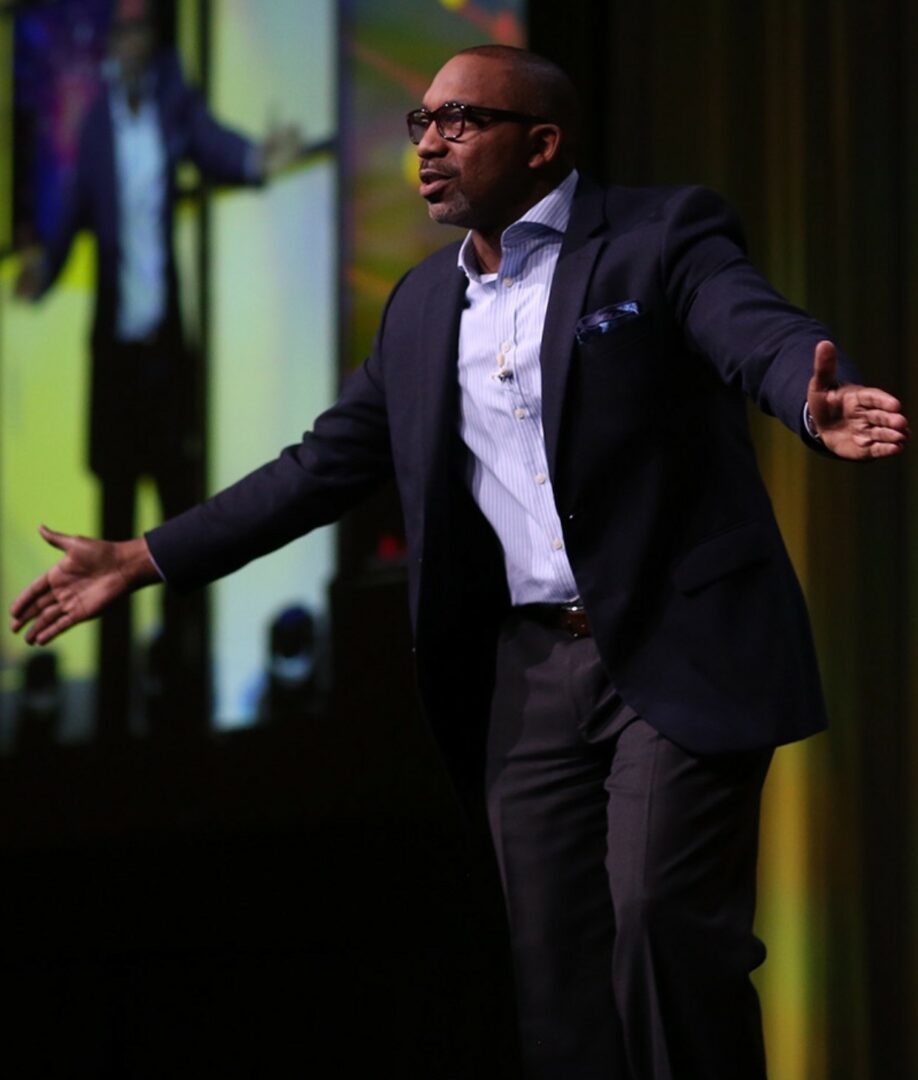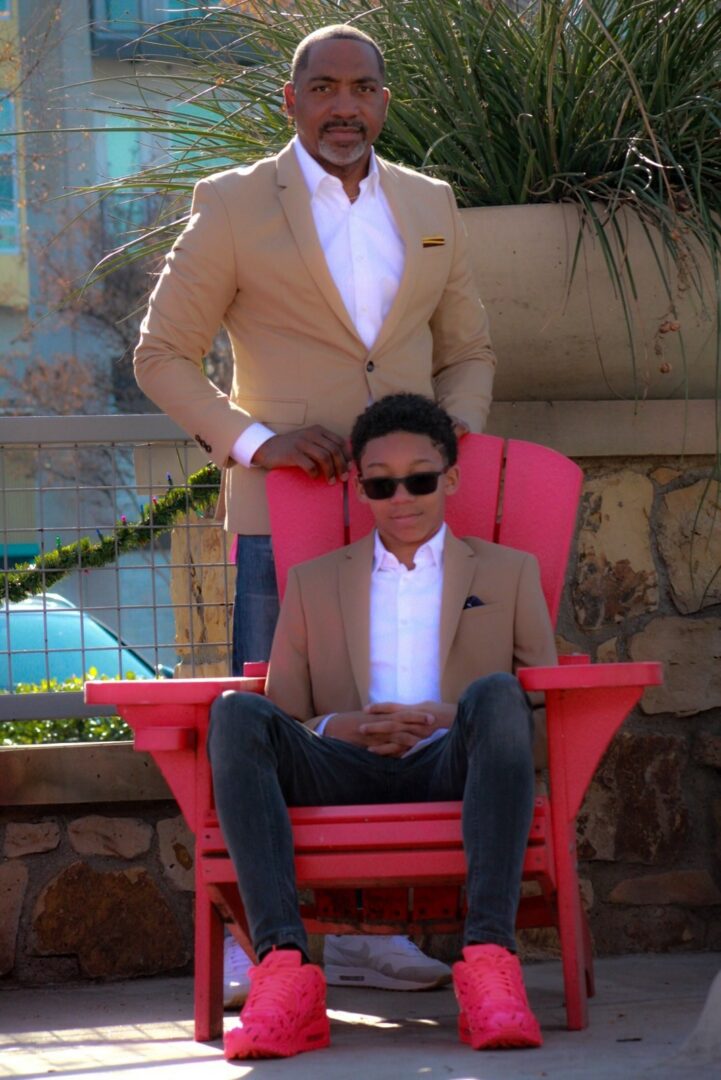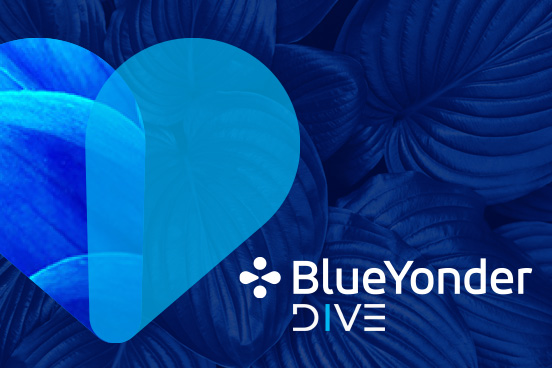Diversity & Inclusion at EY: An interview with EY’s Fredrick Scott
Fredrick A. Scott has spent his entire 25+ year career working at EY. During that time, he had the opportunity to explore various roles focused on diversity recruiting and strategy. Today he is the Americas diversity and inclusiveness leader for the Consulting practice, which didn’t exist when he started. In this role he consults directly with EY leaders to explore ways to generate accretive experiences, development and contributions for all EY employees and focus on doing that equitably. We talked to him about the program at EY and advice he has for other companies on their diversity and inclusion journey.

What are some of the ways you champion diversity and inclusion at EY?
I champion diversity and inclusion daily – both inside and outside of EY – and get to help many of our clients do the same. Personally, I work every day to harness the power of EY’s high-impact drivers: belonging, equitable and influential sponsorship, and accountability, to help unleash the personal and business impact of D&I.
I work with the firm, our Consulting practice leadership and our clients to establish and build inclusive talent pipelines, cultures, and experiences. We strive to attract, source and hire a diverse population and deploy diverse teams to provide the most innovative solutions to our clients. To do this, I work with our leaders to focus on people’s experiences at work, through relationships, accounts or work with clients, as well as feedback and recognition. This all extends to our overall focus on embedding D&I in hiring, promotion, retention, leadership and career experiences.
For companies exploring a diversity strategy for the first time, what advice do you have to drive a diversity-first mindset?
It’s simply not enough to have a diverse representation at your organization. We must create an inclusive culture, where people feel like they belong and are empowered to bring their full selves to work. That starts at the top of the organization with the senior most leaders setting the tone for Diversity, Equity and Inclusion (DE&I). Leaders must have a shared vision and be held accountable. This includes mutually agreed upon, clear expectations and outcomes, shared ownership, and monitoring and measuring what they’re aiming to accomplish.
DE&I strategies are often aspirational and inspirational, but can lack the specificity essential to drive individual and collective accountability. In our Consulting practice, we co-developed an activation plan with our leaders. It required them to complete a self-assessment in five areas, followed by a self-directed plan for their individual business units. It also gave a line of sight into how a leader’s plan aligned to the broader practice vision, as well as how direct contributions will help us achieve and reach our aspirations.
DE&I is a journey – one that creates opportunities, innovation and growth for each of us individually and for our organizations. Mistakes will be made along the way, and people will be at different stages of their journey. However, we can collectively work together to make progress and to foster a culture of belonging.
What are three expectations you have for a diverse and inclusive workspace?
Organizations are looking for levers that can increase engagement, productivity and innovation. Having a sense of belonging at work, where people are encouraged to be themselves, is a key enabler of all of those. The three things that leaders and teammates can do are:
- Lead with vulnerability. I often share personal stories and experiences when I’m connecting with others. I do this so others know that, while our experiences aren’t the same, we aren’t alone on this journey. We often uncover more similarities than differences when we’re honest with ourselves and vulnerable with others. By leading with vulnerability, the goal is to inspire others to feel empowered to bring their whole selves to work in an authentic way.
- Ask better questions. At EY, we say the better the question, the better the answer, the better the world works. That certainly applies to both DE&I activities and to my career. With DE&I, appreciative inquiry matters. We may not understand everyone’s experiences, but there is so much that we can learn from one another and more we can do to help one another feel supported.
- Be more intentional. We can engage with people, specifically underrepresented populations, to help foster a culture where all people can feel that they can be seen and heard. The expectations of an organization are on the rise. People expect more from their organizations today than they did 20 years ago. We have an opportunity to meet those expectations by simply being more intentional.
How do you foster belonging in our current remote working environment?
Creating a sense of belonging during times of clear uncertainty starts by leading with humanity and building community among our people. Inclusiveness and inclusive leadership efforts need to be supercharged now more than ever. Many of us are growing weary working remotely. We can do a few things to be more inclusive and to extend a sense of belonging in this time of uncertainty.
- Seek out diverse perspectives and opinions especially in our virtual meetings. This can make room for the different voices that are gathered within the virtual environment, where we give airtime across a balance of people, not just allowing for perhaps the most vocal voices to contribute.
- Check in with colleagues to see how they are doing. This is really powerful. I’ve experienced it personally from both ends. We know that it contributes to an overall sense of belonging at work. It’s important to remember that check-ins need to be led with empathy, versus a checkup which is more diagnostic.
- Provide equitable opportunities to our teams, including staffing on projects and building out teams. We have to guard against picking the same people, repeatedly – consciously or unconsciously – for certain opportunities, and certainly this virtual environment provides a greater opportunity for that.
- Be intentional and thoughtful about communicating the acceptance of greater flexibility and the knowledge that some of our colleagues may require different accommodations due to unique family scenarios, living arrangements and mental health considerations.
- Create a safe space for colleagues to share their experiences and ask questions. This not only allows people to feel heard, but it also offers an opportunity for leaders to know what’s on people’s minds. During the rise in social and civil unrest this past summer, many EY professionals were looking for formal platforms to lend their voices as well as informal and intimate dialogues to express the multitude of emotions they were experiencing. I participated in some of those conversations, and EY responded by making a direct and explicit statement to denounce racism, as well as announced specific actions it will be taking to show our commitment to being anti-racists.
Are there any last thoughts you would like to share with others as they embark on or continue their D&I journey?

Focus on what you want to impact. For example, acts around hiring, promotion, retention, leadership, performance management and sponsorship.
It’s easy to be enamored with what other organizations are accomplishing, and we can all aspire to do those things, to get to those places on the D&I continuum.
Many organizations are more proficient in this space than they were years ago. Similar to EY, they started by setting goals, aspirations and ambitions for themselves related to culture, diversity, inclusion, values and equity. I would encourage organizations to take full stock of their current reality. They can then determine with some level of co-development within their operating model, and based on feedback from internal and external stakeholders, what their real options are.
That said, I don’t want organizations to be intimidated by the progress they see others making. We’re all on this journey, and we’ve all been at a different place on the continuum.
You can’t do everything at once, but you can do something. And that real, honest assessment is a critical first step to generating better opportunities and better action plans. It can certainly lead to a different outcome and a better place than where an organization may be at right now.
Through our collective action, we can help create a better working world.

